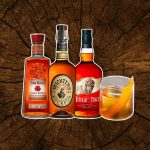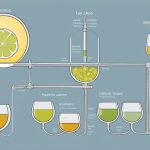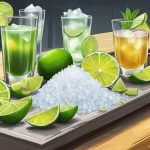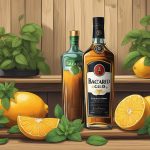When it comes to beer, many people have a preconceived notion that the color of a beer determines its quality or flavor. However, as a beer enthusiast, I can confidently say that this is not always the case. It’s important to remember the old saying: “Don’t judge a beer by its color.”
Before we dive into the details, let’s take a moment to appreciate the vast array of colors that beer can exhibit. From pale straw yellow to deep ebony, beer comes in a kaleidoscope of hues. Each color is influenced by various factors such as the type of malt used, the brewing process, and even the addition of certain ingredients.
Personally, I have had the pleasure of tasting a wide range of beers, and I can attest that some of the most memorable and delicious beers I’ve had were not the ones with the most visually appealing colors. In fact, some of the most flavor-packed beers have surprised me with their seemingly unremarkable appearance.
Take, for example, the classic German-style Hefeweizen. This beer typically has a cloudy, pale yellow color, resembling the color of a ripe banana. Upon first glance, it may not appear particularly enticing. However, once you take a sip, you are greeted with a burst of flavors that range from fruity and spicy to refreshing and crisp. The color of this beer does not accurately represent the complex taste it offers.
On the other end of the spectrum, we have dark beers like stouts and porters. These beers often have a deep brown or black color, evoking thoughts of rich and robust flavors. While this can sometimes be true, it is not always the case. Just because a beer has a dark color doesn’t necessarily mean it will be heavy or overpowering. In fact, some dark beers can surprise you with their smoothness and balance, offering a delightful combination of roasted malt, chocolate, and coffee flavors.
It’s also worth mentioning that beer styles can vary greatly across different regions and cultures. For example, in Belgium, you’ll find a wide range of beer styles, each with its own unique color and flavor profile. From the golden hues of a Belgian Tripel to the deep amber of a Belgian Dubbel, these beers showcase the diversity within the world of beer.
So, the next time you find yourself at a brewery or staring at a packed beer aisle, I encourage you to open your mind and be willing to explore beers of all colors. Don’t be swayed solely by appearances. Instead, embrace the adventure and let your taste buds be the judge.
In conclusion, the color of a beer should not be the only factor influencing your decision when choosing a brew. Some of the most extraordinary flavors can be found in beers that may not have the most visually appealing appearance. So, let go of any preconceived notions and be open to trying new beers without judgment based on their color. Cheers to the diverse world of beer!







